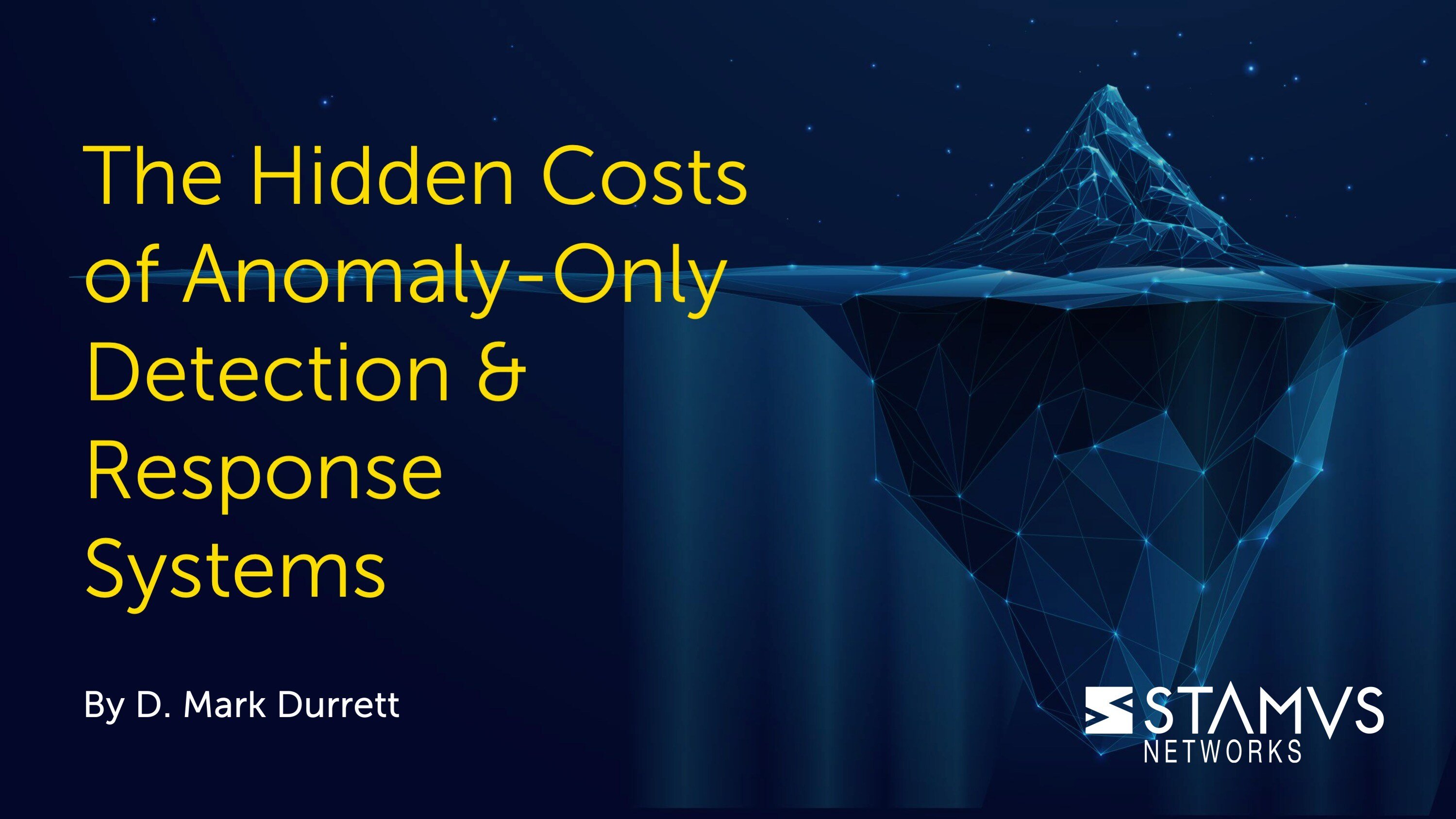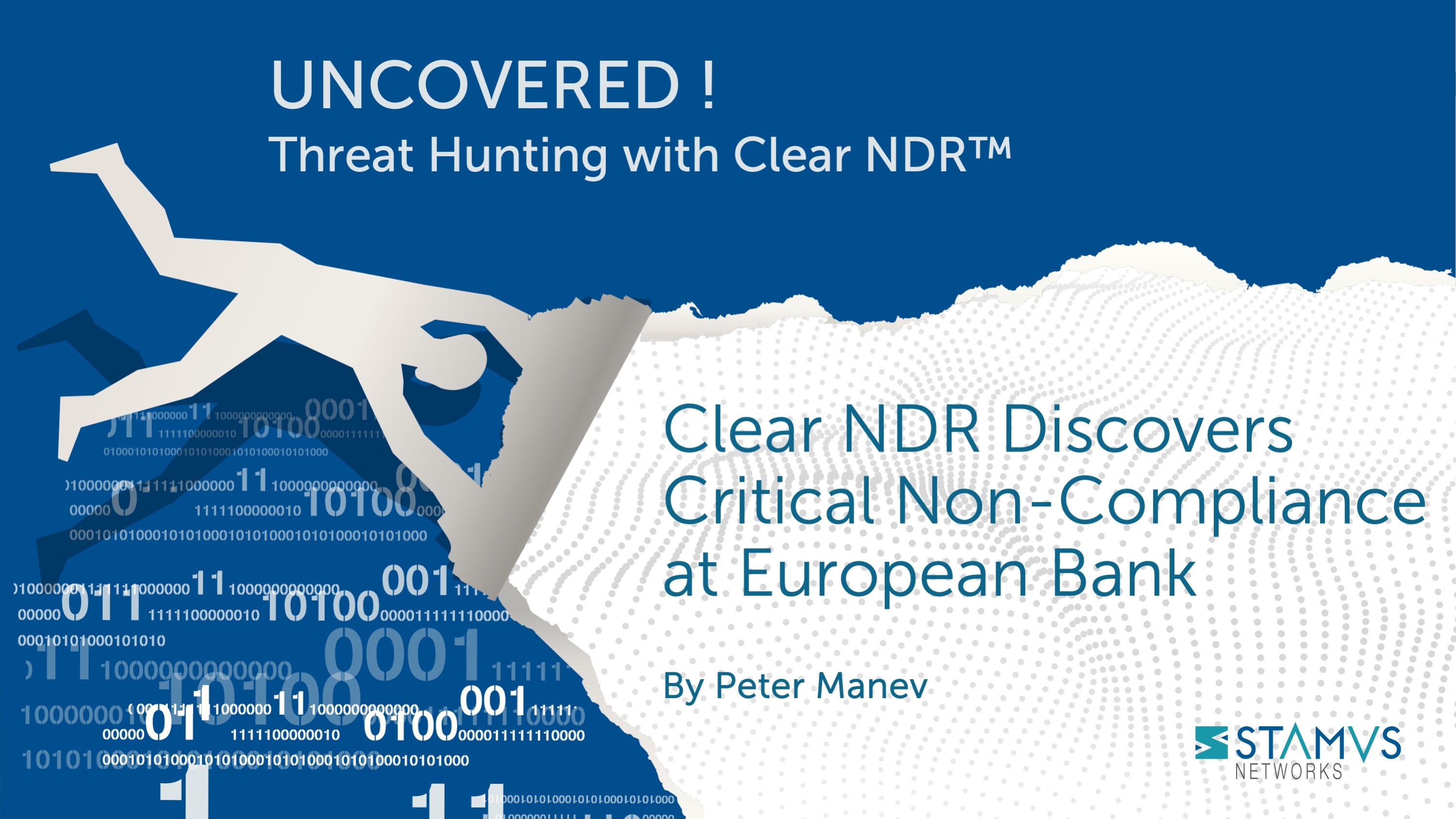For a large organization, keeping track of numerous security systems or internal security policies can be a daunting task. How does one ensure that their systems are configured properly, or that their policies are being followed? The answer to this question lies in continuous security auditing.
What is Continuous Security Auditing?
Continuous Security Auditing is the ongoing process of systematically assessing and monitoring an organization's cybersecurity measures, policies, and practices to identify vulnerabilities, compliance gaps, and security threats. It involves real-time or near-real-time assessment and analysis of security controls, network traffic, and user behavior to maintain a robust security posture. It has a number of benefits including:
Proactive Vulnerability Management: It helps identify vulnerabilities in systems and software promptly, reducing the window of opportunity for attackers.
Compliance Assurance: Continuous auditing ensures that an organization remains compliant with industry regulations and internal security policies.
Network Health Monitoring: It helps maintain the health and performance of the network by identifying issues such as congestion or infrastructure vulnerabilities.
Incident Response Preparedness: Organizations can gather data for incident forensics and response, facilitating faster recovery from security incidents.
Cost Savings: Timely detection and mitigation of security issues can prevent costly data breaches and reputation damage.
Enhanced Security Posture: Ongoing auditing ensures that security controls and policies remain effective and up to date, improving overall security.
Improved Decision-Making: Organizations can make informed decisions about security investments and risk management based on real-time data.
Adaptability: Continuous auditing can adapt to evolving cyber threats and organizational changes, providing ongoing protection.
Put simply, continuous security auditing is a proactive and dynamic approach to cybersecurity that helps organizations detect and respond to threats in real-time, maintain compliance, and continuously improve their security posture.
With this in mind, the question is how an organization can practice continuous security auditing. The answer lies in a system you might already have within your organization - network detection and response (NDR).
Understanding Network Detection and Response (NDR)
Before diving into the significance of NDR in continuous security auditing, let's establish what NDR is and how it operates.
Network Detection and Response (NDR) is a cybersecurity technology designed to monitor and analyze network traffic continuously. Its primary purpose is to identify and respond to potential security threats and incidents within an organization's IT infrastructure.
The Core Functions of NDR
- 1. Traffic Analysis: NDR systems use deep packet inspection to examine network traffic patterns in real-time, distinguishing normal behavior from unusual or suspicious activities.
- 2. Threat Detection: By employing various detection methods, including signature-based detection, behavioral analytics, and machine learning, NDR systems pinpoint security threats like malware infections and data exfiltration.
- 3. Policy Compliance: NDR ensures that network activity complies with the organization's security policies and access controls. Any deviations trigger alerts or actions to maintain compliance. A deviation could be a weak TLS encryption, a misconfigured firewall, traffic that is not necessarily malicious but is unexpected, unauthorized access, or any other change in behavior that is unexpected or unapproved.
- 4. Network Health Monitoring: In addition to security, some NDR systems will keep tabs on network health, identifying problems like congestion, unusual traffic, anomalous behaviors, or infrastructure vulnerabilities that can impact security.
- 5. Forensics and Incident Response: In the event of a security incident, NDR systems provide valuable data for forensic analysis, aiding in the investigation and response process. In addition, they can play a critical role in triggering an automated response by isolating an endpoint or a network segment, configuring a firewall rule, or opening an incident response ticket or signaling to an endpoint
- 6. Integration with Other Security Systems: NDR solutions often integrate seamlessly with other security tools such as firewalls, endpoint detection and response (EDR), and security information and event management (SIEM) systems, creating a comprehensive security ecosystem.
Now that we have a basic understanding of NDR's capabilities, let's look into why NDR is essential for continuous security auditing.
The Significance of NDR in Continuous Security Auditing
Real-Time Threat Detection
One of the primary reasons NDR is vital for continuous security auditing is its ability to provide real-time threat detection. Cyber threats evolve rapidly, and organizations must respond quickly to protect their data and infrastructure. NDR systems continuously monitor network traffic and identify serious and imminent threats along with suspicious activities as they happen. This proactive approach ensures that potential security incidents are detected and addressed promptly, minimizing the damage they can cause.
Uncovering Unknown Threats
While traditional security measures often rely on signatures to detect known threats and behaviors consistent with known threat actors, NDR goes beyond that. NDR employs behavioral analytics and machine learning to identify anomalies and deviations from normal network behavior. This means that NDR can uncover previously unknown threats and zero-day vulnerabilities which might evade other security mechanisms. Continuous auditing with NDR ensures that even these emerging threats are detected and mitigated.
Compliance Monitoring
Maintaining compliance with security policies and regulatory requirements is a significant concern for organizations in various industries. NDR systems play a crucial role in compliance monitoring by continuously checking network activity against established security policies and access controls. Any deviations are flagged, helping organizations address compliance issues promptly and avoid potential legal and financial consequences.
Network Health Assurance
A healthy network is a fundamental component of a secure network. NDR systems monitor network health by identifying issues such as network congestion, unusual traffic patterns, and vulnerabilities in the network infrastructure. Continuous auditing of network health ensures that the organization's network remains robust and resilient against both security threats and operational challenges, ultimately leading to a more cyber resilient organization.
Effective Incident Response
In the unfortunate event of a security incident, having a well-documented record of network activity is invaluable. NDR systems record and store network data, providing the necessary information – such as protocol transaction logs, flow records, attached files, and packet capture (PCAP) – for forensic analysis during incident response efforts. This data helps organizations understand the scope of an incident, trace the attacker's movements, and make informed decisions about containment and recovery.
Integration with Existing Security Systems
NDR solutions are designed to work in harmony with existing security tools, creating a unified security ecosystem. Integration with firewalls, SIEM, SOAR, and EDR systems enhances an organization's ability to correlate and analyze security events comprehensively. This interconnected approach strengthens the organization's security posture and streamlines incident response processes.
Conclusion
Continuous security auditing is a critical component of maintaining a strong security posture. Network Detection and Response (NDR) systems are indispensable tools for achieving this goal. By implementing NDR and making it an integral part of your organization's cybersecurity strategy, you can proactively identify and address security threats whilst simultaneously monitoring network health, compliance, and internal policies, thereby safeguarding your data, assets, and reputation.
In today's digital landscape, proactive cybersecurity measures are no longer just an option; they are a necessity. NDR is the bridge that helps organizations continuously audit and enhance their security, ensuring they stay one step ahead of cyber threats, regardless of where they originate.
To stay updated with new blog posts from Stamus Networks, make sure to subscribe to the Stamus Networks blog, follow us on Twitter, LinkedIn, and Facebook, or join our Discord.






